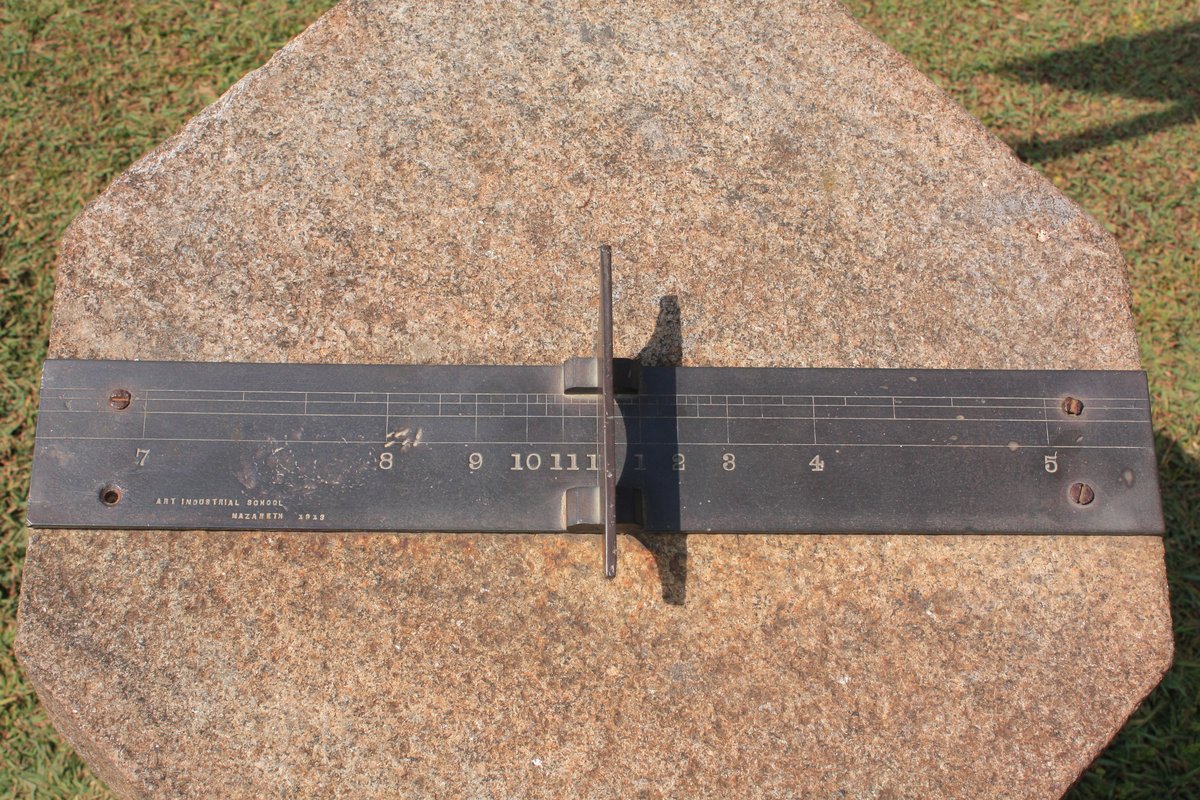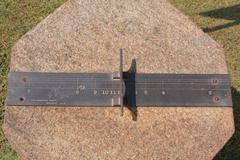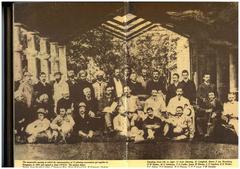
Munnar Tea Museum Visiting Hours, Tickets, and Guide to Munnar Historical Sites
Date: 14/06/2025
Introduction
The Munnar Tea Museum stands as a unique testament to the rich tea legacy of Kerala’s Western Ghats. Founded in 2005 by the Kannan Devan Hills Plantations Company (KDHP), and with roots reaching back to the era of British colonial planters, the museum offers visitors a comprehensive view of more than a century of tea cultivation, innovation, and community evolution in Munnar. Through its extensive collection of vintage machinery, colonial memorabilia, historical archives, and interactive exhibits, the museum celebrates the region’s transformation from remote hills to one of India’s premier tea-producing hubs.
Whether you are a tea aficionado, history buff, or cultural explorer, this guide provides detailed insights into the museum’s visiting hours, ticket prices, accessibility, key exhibits, and travel tips. It also explores the tea industry’s impact on Munnar’s society, economy, and environment, as well as how the museum anchors sustainable tourism in the region (Kerala Tourism, ExploreBees, TravelSetu).
Contents Overview
- The Legacy of Tea in Munnar
- Early History and British Influence
- Technological Advances and Tata Tea’s Role
- Socio-Economic Impact and Community Ownership
- Visiting Information: Hours, Tickets, and Accessibility
- Key Exhibits and Experiences
- Nearby Attractions and Travel Tips
- Tea Tourism and Sustainable Practices
- FAQs
- Conclusion and Further Resources
The Legacy of Tea in Munnar
Early Beginnings
Munnar’s tea story began in the late 19th century under British colonial rule. The first plantations were established in 1879 at Lockhart Estate by Scottish planter Baron Von Rosenberg, initially focusing on cinchona to combat malaria before transitioning to tea due to the region’s ideal climate and soil (The Hindu). By the 1880s, the Kannan Devan Hills Plantations (KDHP) began large-scale tea cultivation, investing in infrastructure that laid the foundation for Munnar’s rise as a tea capital (Kerala Tourism).
Expansion, British Influence, and Community
British planters introduced systematic cultivation methods, modern machinery, and built colonial-style bungalows, clubs, and hospitals, many of which still characterize the landscape today (TravelSetu). The industry drew a diverse labor force from Kerala and Tamil Nadu, shaping Munnar’s multicultural identity.
Technological Advances and Tata Tea’s Role
The industry evolved from manual tea processing to mechanized methods. Notable innovations such as the 1905 ‘Rota-vane’ tea roller and the 1920s Pelton Wheel revolutionized production (Munnar Tourism). The shift to CTC (Crush, Tear, Curl) processing in the mid-20th century increased yields and efficiency.
In 1964, Tata Tea Limited acquired KDHP, modernizing operations, improving labor welfare, and focusing on sustainability. In 2005, Tata Tea facilitated the establishment of the Tea Museum at the Nallathanni Estate, preserving and sharing the legacy of Munnar’s tea culture (Special Places of India).
Socio-Economic Impact and Community Ownership
Tea estates have been the economic backbone of Munnar for generations, employing thousands and fostering a unique blend of Kerala and Tamil cultures. Since 2005, KDHP has operated under a participatory management model, with a majority of employees holding ownership stakes, ensuring profits are reinvested in local communities (Tea101 Teabox, Ezine Articles). Tea tourism, supported by the museum, diversifies income and sustains the industry through fluctuating market cycles (Munnar Travel Guide).
Visiting Information: Hours, Tickets, and Accessibility
Location
- Nallathanni Estate, 2–4 km from Munnar town center
- Accessible by taxi, auto-rickshaw, or private vehicle
- Ample parking available (ExploreBees)
Visiting Hours
- Open Tuesday to Sunday: 9:00 AM to 4:00 PM
- Last entry: 4:00 PM
- Closed on Mondays and select national holidays (Munnar Holiday)
Tickets
- Adults: ₹125–₹150
- Children (5–12 years): ₹75–₹100
- Children below 5: Free
- Guided tours: Additional ₹50 per person
- Photography: Permitted with a nominal camera fee (Agate Travel)
Accessibility
- Wheelchair accessible (ramps, accessible restrooms)
- Assistance for special needs available on request
Key Exhibits and Experiences
- Historical Artifacts: 1905 tea roller, 1920s Pelton Wheel, vintage plantation tools, and a granite sundial from 1913
- Colonial Memorabilia: Furniture, telephones, typewriters, and photographs depicting planter and worker lifestyles
- Rare Finds: Iron-Age burial urn (2nd-century BC) from nearby estates (Agate Travel)
- Live Demonstrations: Tea processing (withering, rolling, fermenting, drying, sorting) conducted by expert staff (ExploreBees)
- Tea Tasting: Sample cardamom-flavored, black, green, and specialty teas, guided by in-house experts
- Workshops: Occasional sessions on tea grading, blending, and brewing (Citybit.in)
Nearby Attractions and Travel Tips
- Eravikulam National Park: Trekking and wildlife, famous for the Nilgiri Tahr
- Mattupetty Dam: Boating and scenic picnics
- Anamudi Peak: South India’s highest peak
- Top Station & Photo Point: Panoramic views and photography
- Religious Sites: RC Church, Catholic Church, Lord Muruga Temple
Tips:
- Best time to visit: September–May, with mild weather and lush landscapes
- Dress comfortably and bring water, camera, sun protection, and a light jacket or umbrella
- Arrive early, especially during weekends and holidays
- Smoking, outside food, littering, and pets are not allowed
Tea Tourism and Sustainable Practices
The museum integrates Munnar’s tea story into a global context, comparing local production with other Indian regions and showcasing sustainable practices. Guided tours may include visits to eco-friendly estates, demonstrations of organic composting, and information on certifications like Rainforest Alliance (Tetley Sustainable Sourcing, The Environmental Blog). Plantation walks and tea plucking sessions offer hands-on, immersive learning.
Retail outlets support local farmers and artisans, while participatory ownership ensures community empowerment and reinvestment (Tea101 Teabox).
Frequently Asked Questions (FAQs)
Q: What are the Munnar Tea Museum visiting hours?
A: Tuesday–Sunday, 9:00 AM to 4:00 PM; closed Mondays.
Q: What are the ticket prices?
A: Adults: ₹125–₹150; Children (5–12): ₹75–₹100; under 5: free; guided tours and photography incur additional charges.
Q: Is the museum wheelchair accessible?
A: Yes, with ramps and accessible restrooms.
Q: Are guided tours available?
A: Yes, available in English, Malayalam, and Hindi (advance booking for other languages recommended).
Q: Can I purchase tea products at the museum?
A: Yes, plantation-fresh teas and local handicrafts are available at the museum shop.
Q: What are other attractions near the museum?
A: Eravikulam National Park, Mattupetty Dam, Anamudi Peak, Top Station, and several religious sites.
Conclusion
The Munnar Tea Museum offers a multidimensional journey through the history, technology, and culture of tea in Kerala’s highlands. With its blend of historic artifacts, live demonstrations, and community-driven initiatives, the museum not only preserves the past but also fosters sustainable and inclusive tourism. Travelers are encouraged to take guided tours, sample local teas, and explore surrounding attractions for a complete experience of Munnar’s unique heritage.
Before visiting, check official sources for the latest on visiting hours, ticket prices, and special events. Consider downloading the Audiala app for interactive audio tours and stay connected via social media for updates. Explore the vibrant world of Munnar’s tea culture—where history, tradition, and sustainability are brewed together (Special Places of India, Incredible India, Agate Travel).
Sources and Further Reading
- Kerala Tourism
- ExploreBees
- Agate Travel
- Munnar Travel Guide
- TravelSetu
- Special Places of India
- Incredible India
- Winternote Munnar
- Tea101 Teabox
- Citybit.in
- Tetley Sustainable Sourcing
- The Environmental Blog


